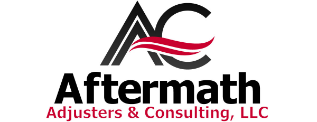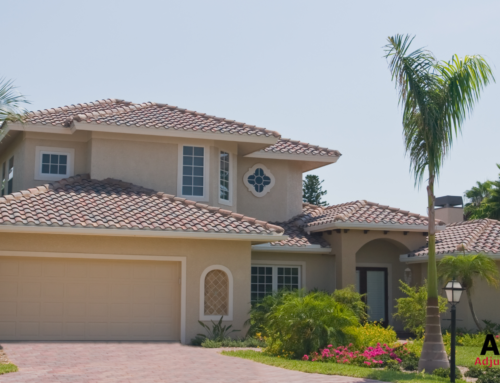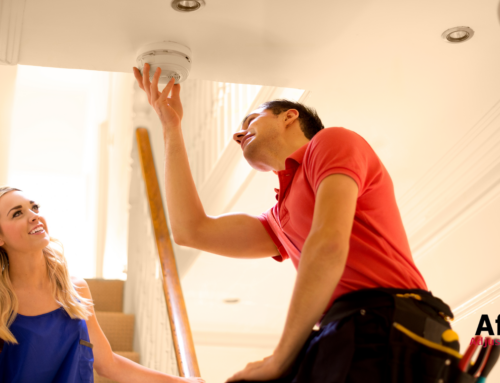Generally speaking, insurance claims can be complicated. This is especially true when talking about wind damage claims.
Why? Different policies cover wind damage differently. Some policies describe – in great detail – different types of wind events, how they are covered, when they are covered, and what limits are on the coverage. For the average homeowner, deciphering the differences between these events can be difficult if not impossible. Unfortunately, getting it wrong can mean the difference between an appropriate settlement and an underpaid or denied claim.
Here are four steps to take to make sure you get the settlement you deserve.
#1: Determine What Caused the Damage
Most homeowners insurance policies cover wind damage if the damage was caused by a storm. On the other hand, some major catastrophes, like floods and earthquakes, are not covered without special riders or an additional dedicated policy.
When a home experiences damage, it may be difficult to tell the cause of the damage. For instance, did the home suffer wind damage or is the damage due to the flood? The answer determines whether the damage is covered.
Since making this determination can be difficult, hiring a public adjuster makes sense.
#2: Don’t Believe Your Roof is Too Old
If your roof sustains damage under a covered loss or event, your insurance company must repair or replace your roof. Many homeowners believe that they aren’t eligible for a claim because their roof is too old. Because of this, they find themselves paying for the damages on their own – but they don’t have to.
Since the insurance company will pay for whatever costs the least, this is often roof repair. However, on older roofs, the repair may look quite obvious. In this case, insurance companies often negotiate a settlement for a repair leaving the homeowner to pay the difference in getting a new roof.
Having a public adjuster on your side during the negotiation process is crucial to getting the settlement you need to make adequate repairs.
#3: Understand the Anti-Concurrent Causation Clause
More than likely, your homeowners policy has an anti-concurrent causation clause. This means that if more than one disaster happens at the same time, and your property doesn’t have coverage for all of the disasters, then your insurance company will not have to settle for any of the damages.
It’s important for homeowners to know if their policy contains this clause because wind damage and flooding often occur together. If you have this clause and don’t obtain flood coverage, then your policy will not have to pay for the wind damages.
How can you know if your policy contains an anti-concurrent causation clause? Look for wording similar to this:
“We do not insure for such loss regardless of a) the cause of the excluded event; or b) other causes of the loss; or c) whether other causes acted concurrently or in any sequence with the excluded event to produce the loss.”
If your policy has this clause, then Florida homeowners will also want to get flood insurance. Otherwise, you may not be able to get a wind damage settlement.
#4: Hire Experienced Contractors
When a hurricane or other major storms occurs, contractors converge on the area hoping to make some money fixing claim damage. Unfortunately, many of these contractors are not qualified professionals who have experience repairing wind damage.
The best way to know that you are hiring the right contractor is to:
- Hire local
- Get recommendations from friends and family
- Ask to see their license
Aftermath Adjusters & Consulting, LLC understands Florida wind damage insurance claims. If your property experiences wind damage, give us a call. We will use our 50+ years of combined experience to inspect your property, gather the needed evidence, get the claim started, and negotiate your settlement. Get in touch with Aftermath Adjusters today.









